Alaska Cruise Tips
9 Tips For Your Next Alaskan Cruise
Varied landscapes. amazing wildlife, glistening glaciers, and a unique cultural heritage are just some of the reasons why a cruise to Alaska is on most people’s bucket lists. Cruising in Alaska is the best and most economical way to explore this state. Cruise itineraries are normally seven to ten days and many include several shore excursions for those who want to see more of Alaska. Whether you are a first-time cruiser to Alaska or a veteran; ToD has put together a list of cruise tips to help you make the most of your time on our Alaskan cruise.
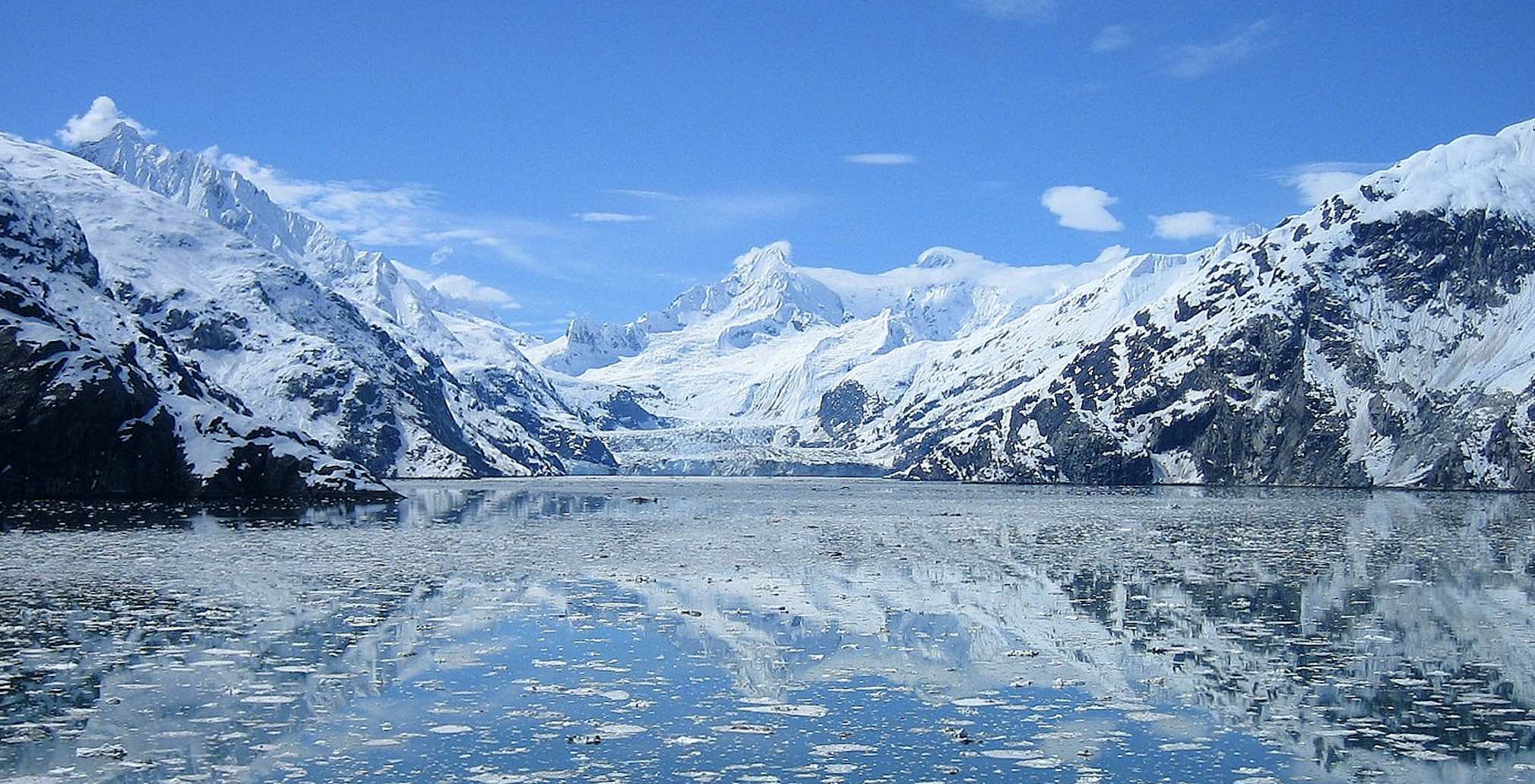
1) When to Go
Alaska’s cruise season runs from late April through early October because this is the time of year when the weather and daylight are optimal. If you cruise in May and September you will experience fewer crowds as well as cheaper prices. The warmest temperatures are in mid-June, making this a peak time to visit. During this time of year, you will also experience the midnight sun which lasts the longest three weeks after and three weeks before the summer solstice. If you want to see the northern lights, you may get lucky in mid-September and early October.
2) Time Zones
Alaska has two time zones, Alaska Time and Hawaii - Aleutian Time. Most of the state is four hours behind the East Coast. From West Coast destinations, it is one hour behind. The Hawaiian-Aleutian time affects the western islands along the Aleutian chain. The town of Hyder, in the inside passage, observes two time zones because it is bisected by the US/Canada border. With almost 19 hours of daylight in the summer, expect your sleep patterns to be a little different.
4) Best Time to See Wildlife
Wherever you go, spotting wildlife is never a guarantee. According to the Alaska Tourism Board, the best time to see wildlife ashore is in late May and early June. This is the time of year when mothers and their calves and cubs tend to be roaming around. The prime season to see bears is late June and early July and the best salmon fishing is in July and August. It is important to remember that Denali National Park doesn’t open until mid-May if you want to take a land excursion there. Denali National Park may close in September due to snow.
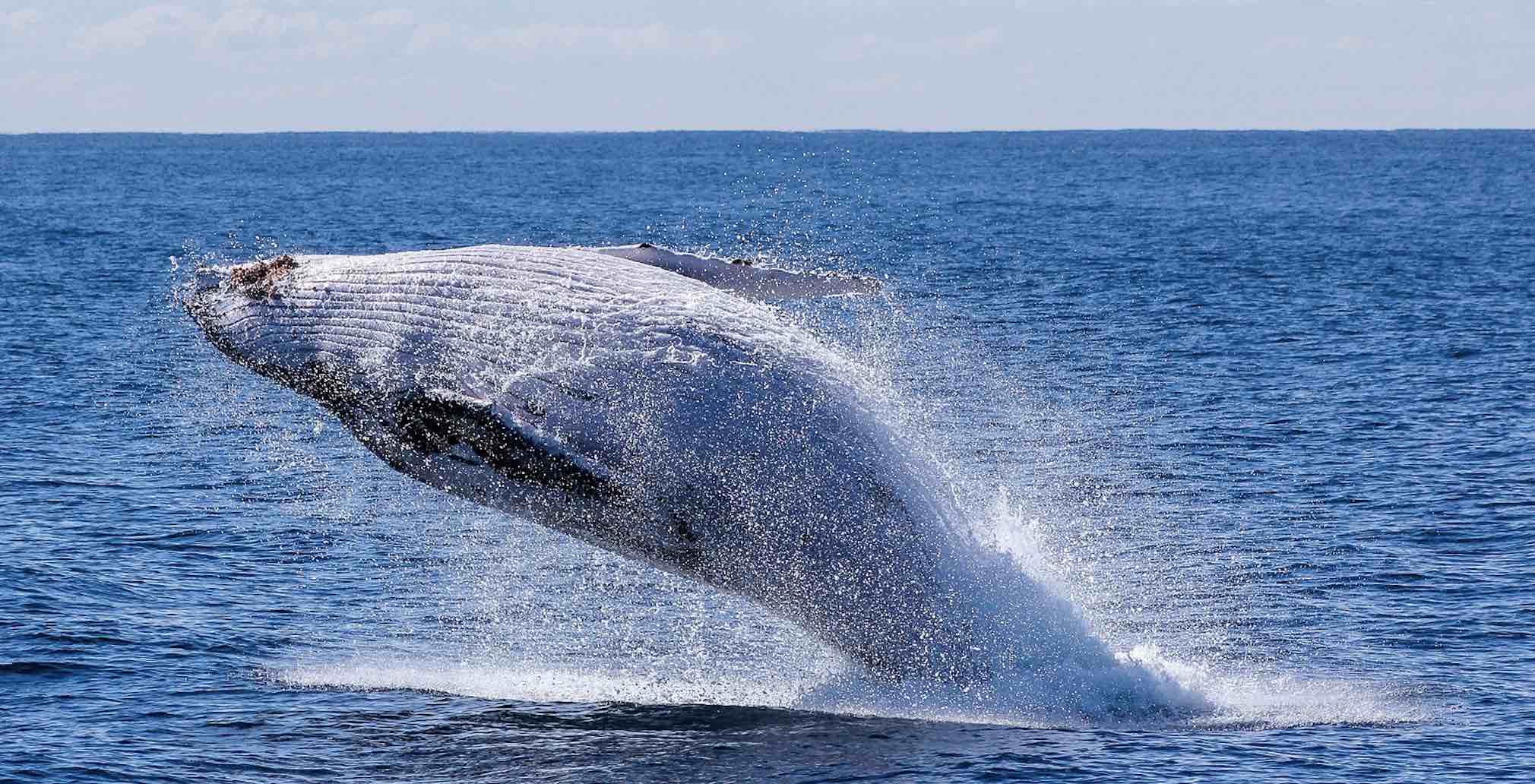
4) Weather Expectations
Temperatures in Alaska can change from one destination to the next. This is the Arctic so plan on cool temperatures. Even if you come in the height of summer, with the warmest weather, it can still be rainy. May is one of the driest months in the Inside Passage, a sheltered waterway between Vancouver Island and British Columbia known for its excellent scenery.
5) What to Pack
In the summer it is best to dress in layers so that you can peel off or add layers according to the thermometer. You will want to pack a bathing suit, a warm fleece jacket, a raincoat or rain poncho, a hat, gloves, and clothes that layer easily like turtlenecks and sweaters. Waterproof clothing including shoes or hiking boots is always a good idea to bring along. For dinner and events on the boat, you may want to bring something dressy. Alaskans joke that their state bird is the mosquito so don’t leave home without your bug spray! Another item to pack is sunscreen especially when touring glaciers as the sun’s UV rays are strong. To spot wildlife consider bringing binoculars and if you are a photographer don’t forget to bring a zoom lens. Most ships don’t offer a wake-up call or have an alarm clock, so it is best to pack one or download an alarm clock app on your phone.
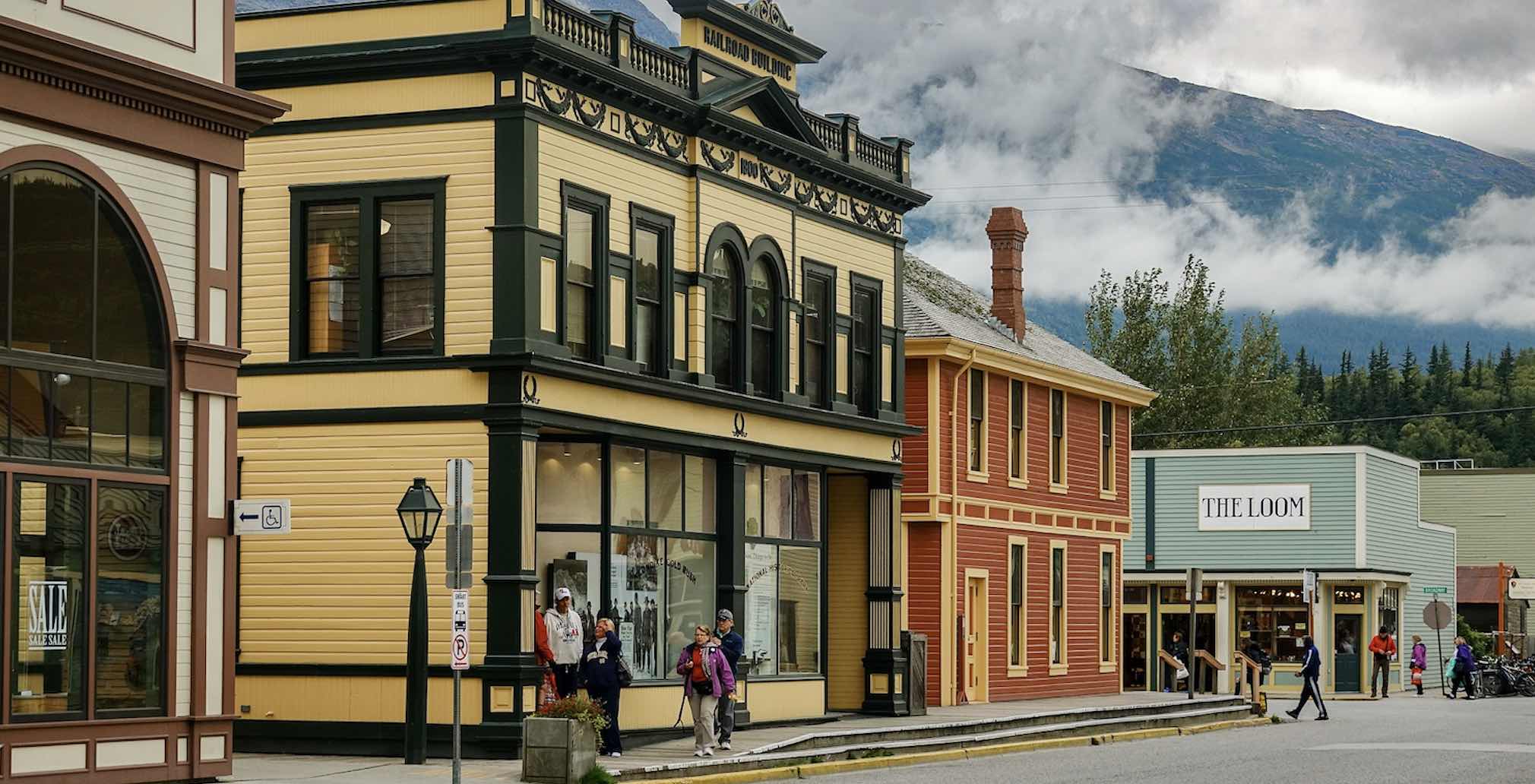
6) Motion Sickness Medicine
Sometimes the waters along the Pacific Coast and across the Gulf of Alaska can be choppy. If you get seasick easily, make sure to pack Bonine motion sickness tablets and sea bands for your wrists. It is also a good idea to book a mid-ship cabin with a balcony; having fresh air and a view to fix your eye on can help quell nausea. Another advantage of a balcony is that it is the perfect way to enjoy the beautiful scenery of Alaska.
7) What to See in Denali National Park
June through September is the best time to visit this park for a chance to see Alaska’s “big five” - wolves, Dall sheep, moose, caribou, and bears. The National Park Service estimates that around 350 brown bears live in Denali National Park on the north side of the Alaska Range.
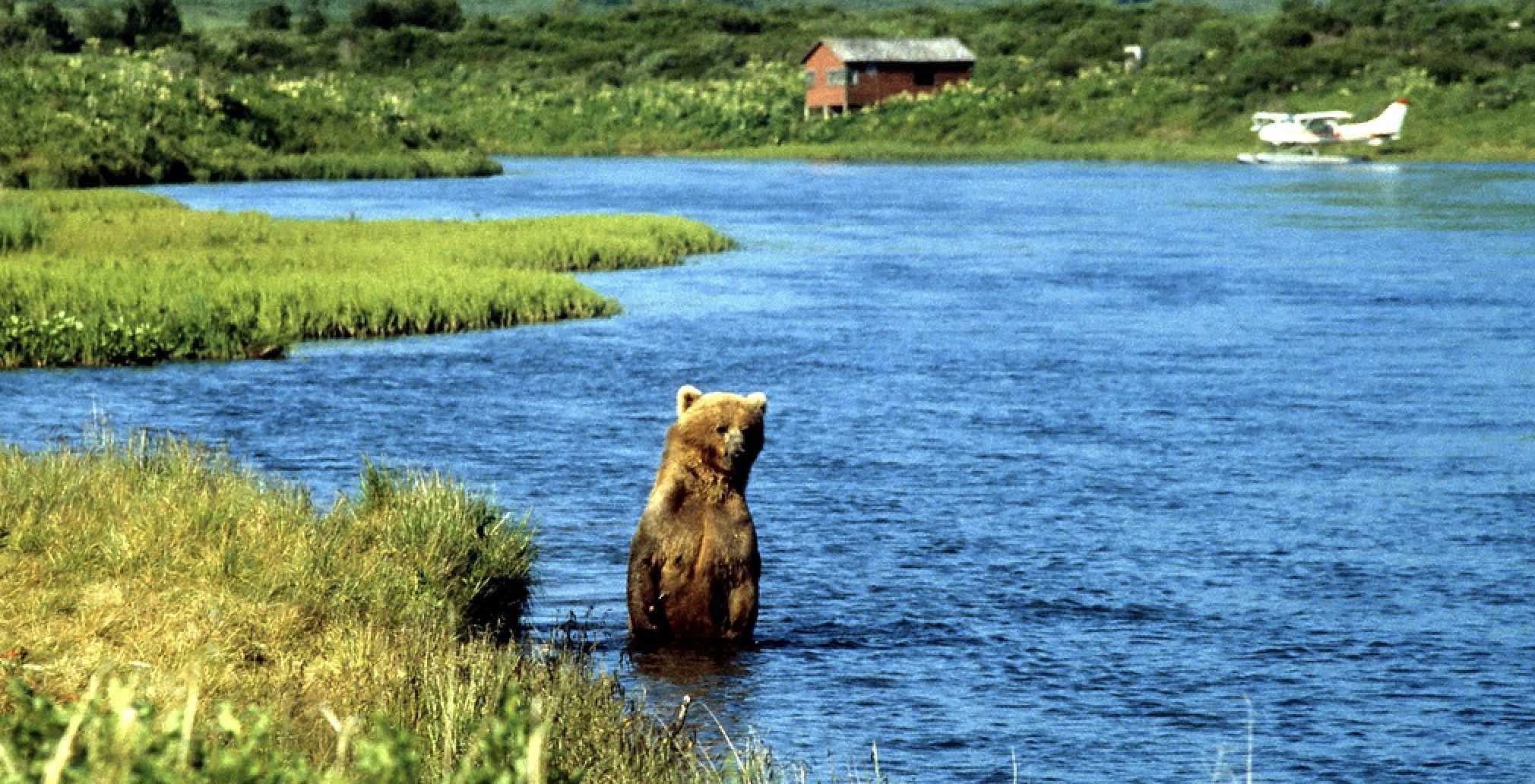
8) What to Buy
For retail therapy, Alaska offers some unique items found only in this state. A favorite among travelers is gold nugget jewelry and items carved from jade and ivory. Hand-crafted items include woven baskets made from beach grass, bark, or baleen, animal skins, collector’s items made from bone, and handmade toys and clothing. For foodies, there are Alaskan delicacies like smoked salmon, wild berry products, and reindeer sausage. Items reflecting Alaska’s cultural heritage include seal oil candles, beaded mittens, fur mukluks, and mini hand-carved totem poles. As a note aside items made of walrus ivory should be mailed home because they can’t be taken through customs without special permits.
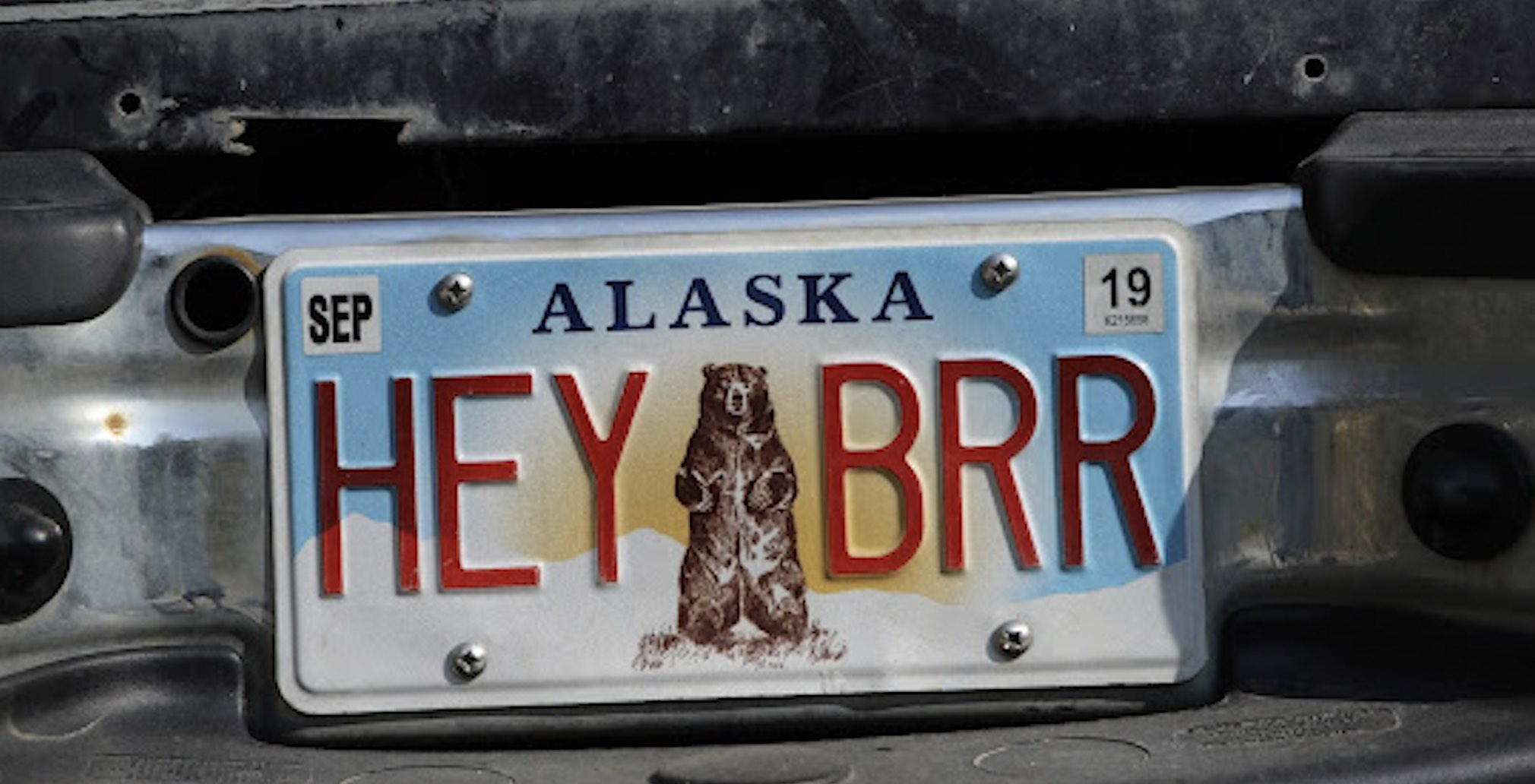
9) For Foodies
Alaskan food is predicated on its geography which is a lot of coastline so expect to eat a lot of fish! Alaskan fish and chips, Pacific halibut, salmon, oysters, and King crab are a must-have for foodies. An iconic food is reindeer sausage which is typically a mix of reindeer, pork, or beef and is a breakfast staple. Fry bread is a traditional snack of Alaska’s Native Americans that is made from dry milk, salt, yeast, flour, and sugar and deep fried. Another Native American food is akkutaq or Eskimo Ice Cream made from whipped fat (reindeer fat or tallow or seal oil), berries, and snow. Blueberries, cranberries, raspberries, lingonberries, cloudberries, watermelon berries, and baneberries are harvested throughout the summer.
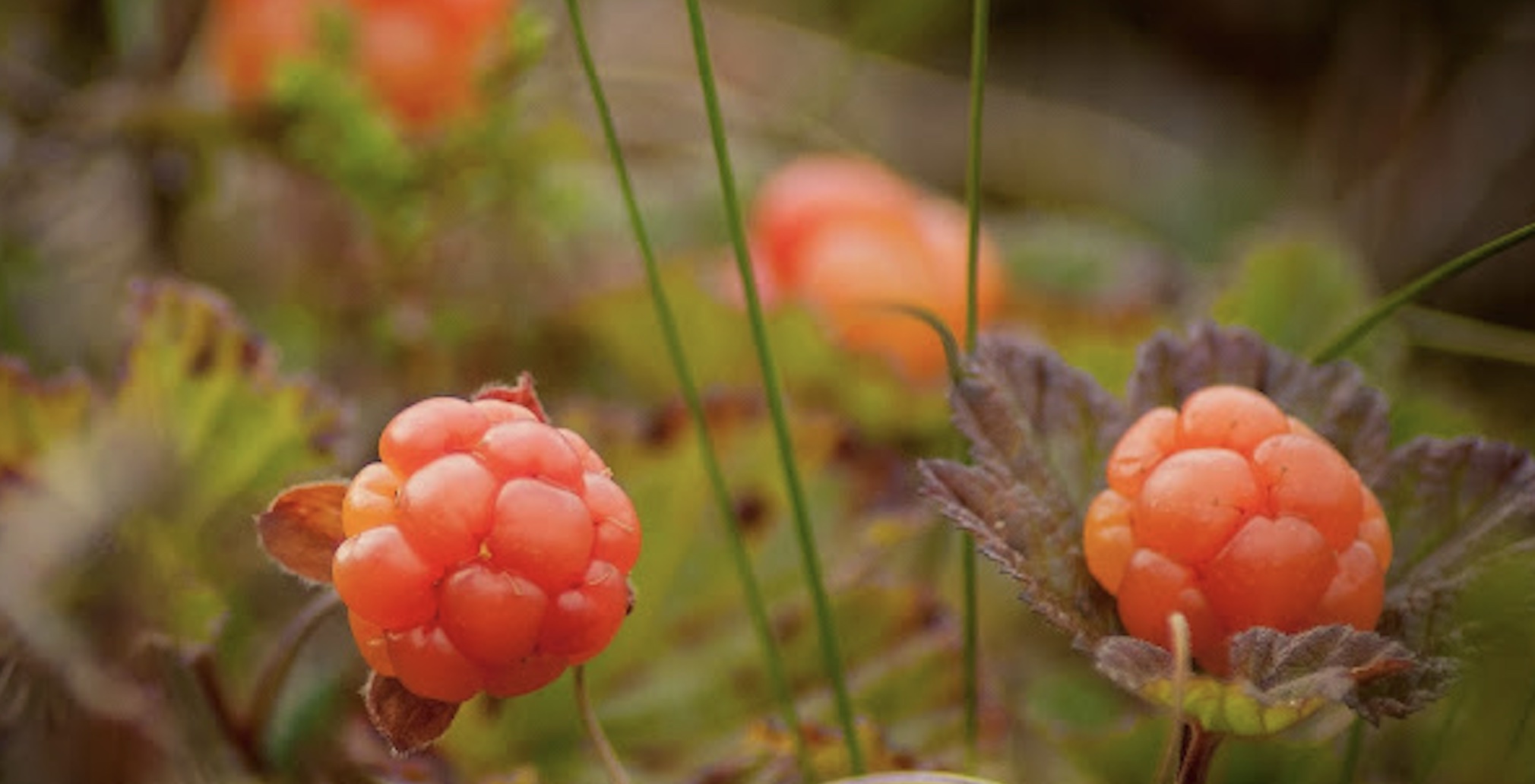
A cruise is by far the easiest and best way to see Alaska with the added advantage of not having to pack and unpack every day. Booking a Tours of Distinction Alaska group tour cruise with land excursions gives travelers the best options of both worlds.

